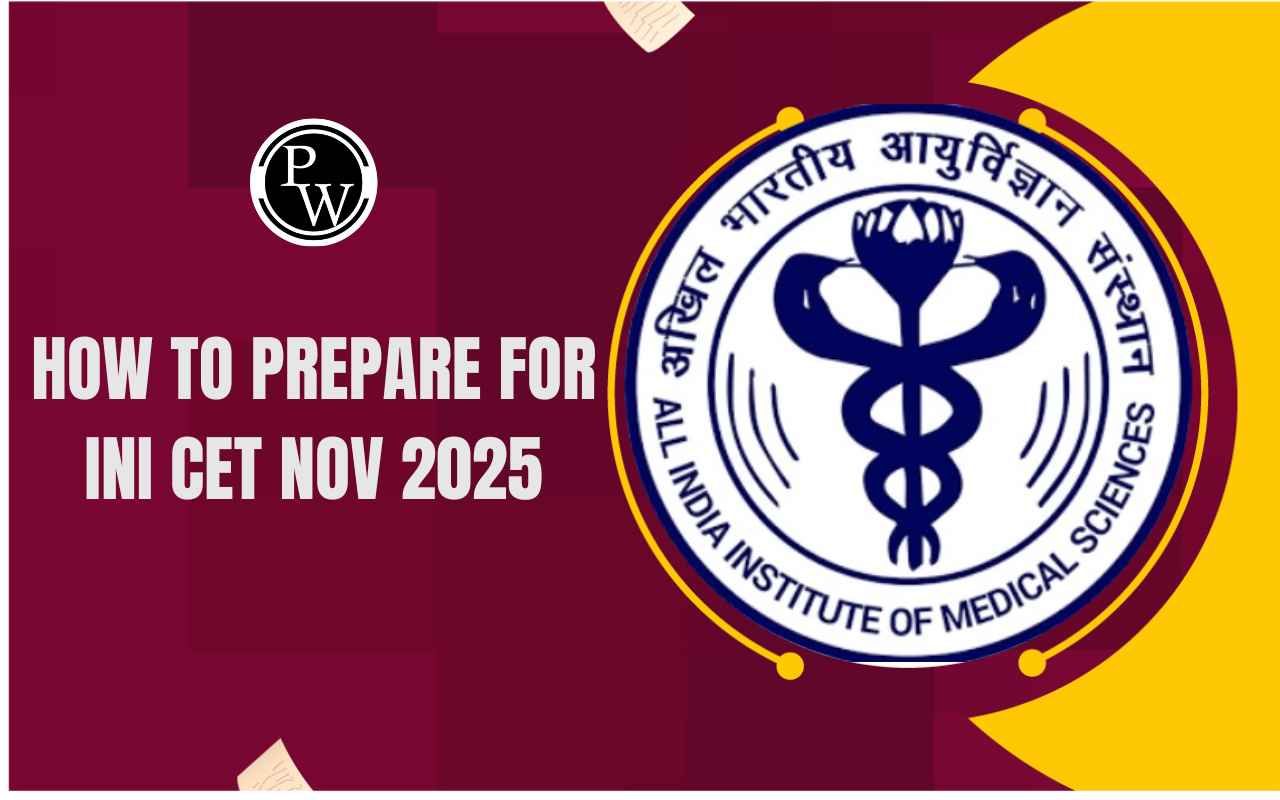

The NEET PG (National Eligibility cum Entrance Test for Postgraduate) is a highly competitive exam taken by over 2.2 lakh students annually. One of the most debated aspects of the exam is the process of normalization of scores. Many students wonder how differences in difficulty levels between exam shifts impact their final scores and rankings. This blog will break down normalization, percentile calculation, and tiebreaker criteria in an easy-to-understand manner.
Download : PW Med Ed app
Understanding the Percentile System
Before diving into normalization, it’s crucial to understand the percentile system, as it plays a key role in score adjustments.
-
Percentile vs. Percentage: The percentile of a candidate represents the percentage of students scoring below them, not the percentage of marks obtained.
-
For example, if the highest scorer in a shift gets 740 marks, they are assigned a 100 percentile because everyone else scored lower.
-
Similarly, a candidate with 670 marks and a 250th rank might have a percentile of 99.78, meaning 99.78% of the total test-takers scored below them.
Why is Normalization Needed?
NEET PG is conducted in two shifts, and despite efforts to create balanced question papers, difficulty levels may vary. Normalization ensures that no candidate is unfairly advantaged or disadvantaged due to a tougher or easier shift.
Example of Different Difficulty Levels:
|
Rank |
Shift 1 Marks (Easier Paper) |
Shift 2 Marks (Difficult Paper) |
|
1st |
740 |
700 |
|
2nd |
733 |
680 |
Although there is a 40-mark difference between the top scorers in each shift, both are given the same percentile (100%), ensuring fairness.
Key Takeaways:
-
The difficulty of a shift does not impact final rankings, as scores are normalized using percentiles, not raw marks.
-
The number of candidates in each shift affects minor decimal variations in percentiles.
NEET PG 2024 : How Does Normalization Work?
Normalization in exams ensures fair ranking across different shifts by calculating percentiles based on candidates' performance. In case of ties, tiebreaker rules like correct answers, negative responses, age, and MBBS aggregate marks are applied to assign the final ranks.
-
Percentiles Are Calculated Per Shift
-
Each shift has its own percentile distribution based on the total number of candidates.
-
A topper in each shift gets 100 percentile, regardless of the absolute marks scored.
-
Ranks Are Assigned Based on Percentiles
-
Candidates with the same percentile score from different shifts are given the same rank.
-
Since NEET PG has only a 100 marks range but 2.2 lakh test-takers, many candidates cluster at the same rank.
-
Tiebreaker Rules Are Applied
-
If multiple candidates have the same rank after normalization, the following tiebreaker criteria are used:
-
Higher number of correct responses – Candidates with more correct answers rank higher.
-
Lesser number of negative responses – Candidates with fewer incorrect answers ranks higher.
-
Older candidate preference – If a tie still exists, the older candidate is ranked higher.
-
Higher MBBS aggregate marks – If necessary, MBBS marks are used as a final criterion.
Is Normalization Fair?
While normalization eliminates shift-based differences, clustering at certain ranks due to limited score variation remains an issue. In NEET PG:
-
Multiple candidates can share the same rank. For example, 500 candidates may hold Rank 500, increasing competition.
-
The tiebreaker system may introduce marginal unfairness, as candidates from tougher shifts might have slightly more incorrect responses, affecting their rank.
Possible Improvements
-
Conducting a single session to remove normalization issues.
-
Implementing more precise tiebreaker criteria that minimize unfair rank fluctuations.
Normalization ensures fairness by adjusting ranks based on percentiles rather than raw scores. While shift difficulty does not impact rankings, minor differences in competition numbers can slightly affect percentiles. The tiebreaker rules help resolve clustering but could be further refined for accuracy.
Reference Video for Better Clarity on Concept
The video discusses the normalization of scores in exams, particularly focusing on how percentiles are calculated and the implications of different difficulty levels across exam shifts. It explains that percentile indicates the percentage of candidates scoring below a specific mark, emphasizing that a higher percentile does not equate to a higher percentage score. The normalization process helps to ensure fairness when comparing scores from different shifts, even if one shift's paper is deemed more difficult. The video also outlines the tiebreaker criteria used when candidates achieve the same rank, which includes factors like the number of correct answers and negative responses. Ultimately, the speaker expresses hope for improvements in the normalization process to ensure that diligent candidates are fairly evaluated in future exams.
Know Your Faculty
Dr. Ranjith AR is a distinguished Pathologist with an MBBS and MD in Pathology from JIPMER. He has served as the academic head of a prominent institute and brings over 8 years of teaching role. Currently, he works as a Molecular and Computational Pathologist, specializing in cancer diagnosis and BGS (Blood Glucose System). Dr. Ranjith is also known for his impactful mentorship, having guided numerous students through various platforms, including YouTube, where he has reached more than 300,000 learners. His expertise and dedication to education make him a valuable asset in the field of Pathology.
Join our Telegram channel for the latest updates, expert tips, and study resources to ace NEET PG and INI CET 2025! Stay ahead in your preparation
Telegram channel: https://t.me/sankalp_neetpg_inicet_2025
As NEET PG evolves, future changes may refine the normalization process for even greater fairness. Until then, candidates should focus on preparation and trust the statistical adjustments made by NBE.
Pathology Preparation for NEET PG FAQs
What is normalization in NEET PG?
Why is normalization needed for NEET PG?
How are percentiles calculated in NEET PG?
What happens if candidates score the same percentile?
What are the tiebreaker rules in NEET PG?











